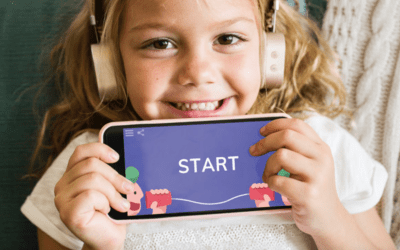More often than not, you might find your child easily distracted and discouraged from learning science due to its complex language and concepts. Especially with children who prefer visual and activity-based learning, engaging them in science requires extra effort. Beyond the bounds of in-class knowledge, parents could figure out creative ways to make science more accessible for their children. Connecting learning experiences with everyday life becomes an important part of education. By using references from everyday objects and situations that your children can see, touch, and feel, you can teach them to absorb science naturally and understand the application of science in a real context. Apart from science museums, botanic gardens, zoos and other natural settings, there are multiple fun science experiments associated with every day topics that you can do with your child at home.
Let’s explore 4 fun science experiments to try at home below!
1. Making a rain cloud experiment
 On a rainy day, you may want to teach your child about how clouds are formed and the water cycle. This fun activity is a must-try at home.
On a rainy day, you may want to teach your child about how clouds are formed and the water cycle. This fun activity is a must-try at home.
You will need:
- A glass jar
- Water
- Shaving foam
- Blue ink or food coloring
- An eye dropper or pipette
Instructions:
- Fill the jar about three-quarters full of water.
- Squirt shaving foam to form a cloud shape onto the top and let it settle.
- Drip food coloring into the shaving foam ‘cloud.’ As the cloud fills up, the food coloring will drip into the water, creating a rain-like effect.
The science behind it:
Clouds are formed as a part of the water cycle. Water in oceans, seas, lakes, and rivers evaporates, making water vapor, which rises into the air. When the vapor hits the cold air higher up in the atmosphere, it turns back into droplets of water, which sticks together to form clouds. Eventually, the clouds get so full of water that they cannot hold anymore, and the waterfalls back to the ground as rain.
2. Cleaning coin experiment
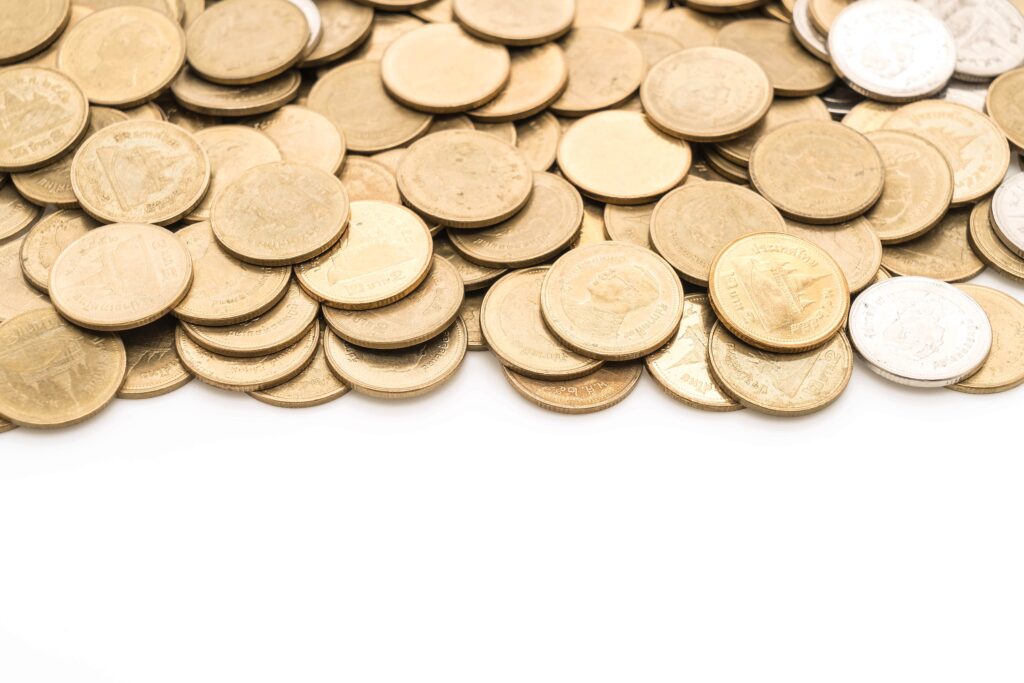 This experiment is a great way to teach your child about acid reactions and how they can make old coins shiny again.
This experiment is a great way to teach your child about acid reactions and how they can make old coins shiny again.
You will need:
- Old coins
- White vinegar
- Glass bowl
- Salt
- Bowl of plain water
- Spoon
- Nuts and bolts
Instructions:
- Pour white vinegar into the empty bowl.
- Add salt and stir, and then add the old coins in.
- Leave the mixture for 10 seconds.
- Take the coins out and rinse in the bowl of plain water. You will see the old coins have been cleaned!
- Now put nuts and bolts into the bowl with white vinegar and salt; wait for a few minutes. You will see the nuts and bolts gone copper.
The science behind it:
Vinegar is an acid, and the acid in the vinegar reacts with the salt to remove what is called copper oxide, making old coins dull and not shiny. The copper is still held in the vinegar when the coins are taken out. Then when you put nuts and bolts in the vinegar, the copper will be attracted to metal so that it will stick around nuts and bolts.
Where learning meets joy
with friends and teachers who care
3. Spider web experiment
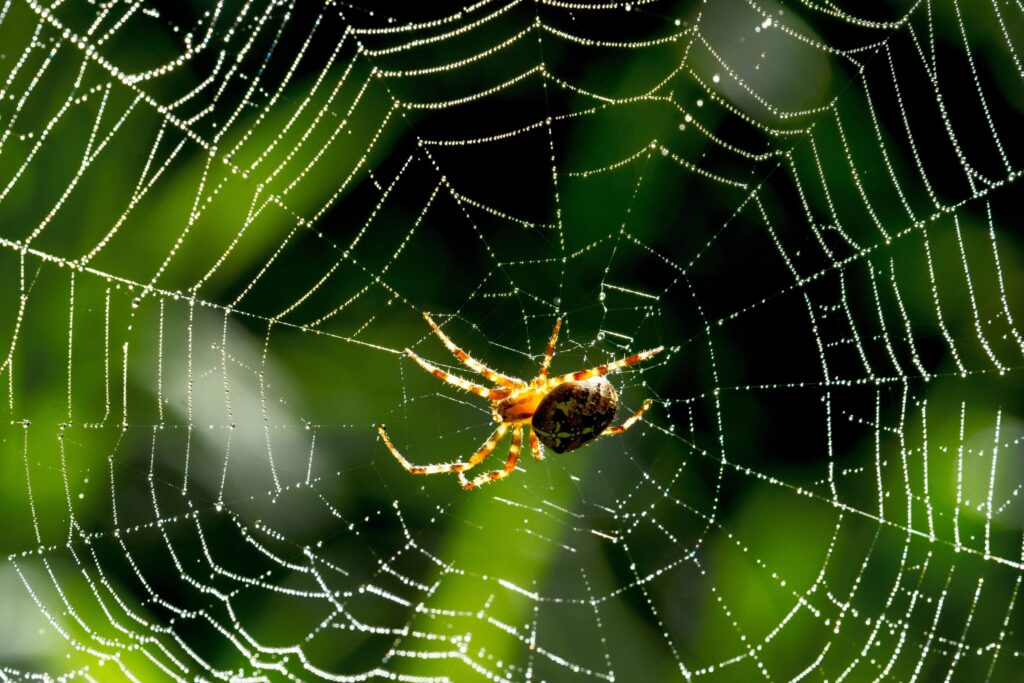 Have your child ever wondered why spiderman can move easily within his web but the web becomes a weapon to trap his enemy? This simple experiment will help your kid have a fun time learning about spiders.
Have your child ever wondered why spiderman can move easily within his web but the web becomes a weapon to trap his enemy? This simple experiment will help your kid have a fun time learning about spiders.
You will need:
Instructions:
- First, talk to your child about the function of the sticky web that spiders use to catch their prey.
- Spread out the sticky tape and let your child’s fingers touch the tape. Ask your child if they feel their fingers stick and explain that spider web is sticky the same way.
- Now put some cooking oil on the child’s fingers and ask them to do the same on the tape. They will realize that their fingers no longer stick to the tape anymore.
The science behind it:
Research has shown that spiders do not get stuck in their own webs due to an oily coating on their legs that protects them against adhesion, just like how your child’s fingers feel after applying cooking oil.
4. Red cabbage experiment
This experiment is an exciting way for your kids to learn about pH numbers using red cabbage.
You will need:
- Red cabbage
- Knife
- Boiling water
- Sieve or coffee filter paper and funnel
- 3 clear small jars or glasses contain a small amount of lemon juice, distilled water, and bicarbonate of soda.
Instructions:
- Chop the red cabbage into small pieces.
- Place the pieces of red cabbage in the glass bowl and cover them with boiling water.
- Leave the cabbage to soften until the water turns purple.
- Strain the water through the sieve or filter paper.
- Add a few drops of cabbage water to each glass jar and observe the change.
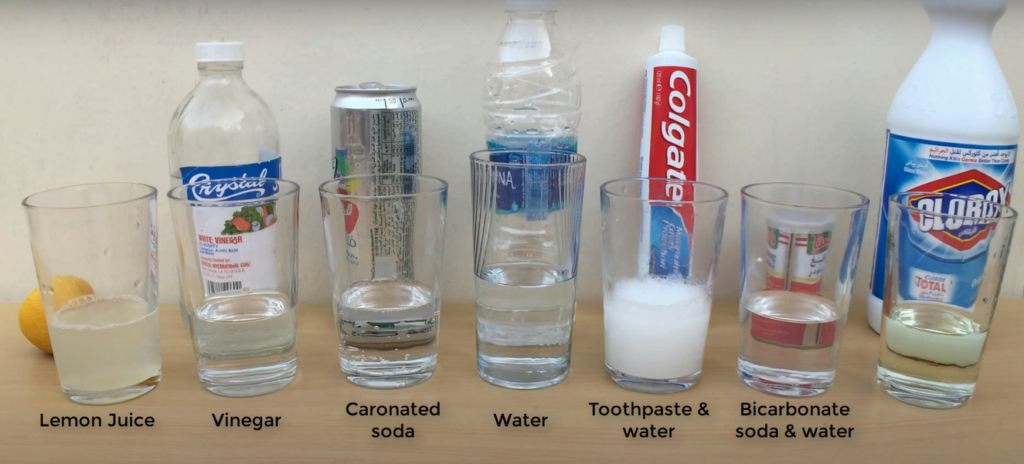
The science behind it:
When adding cabbage water to the jar of lemon juice, it should change to pink or red. When adding to the jar of bicarbonate of soda, the color should vary to green or yellow while remaining unchanged when adding to distilled water. In this experiment, the cabbage water acts as a pH indicator. The lemon juice is acidic (low pH number), distilled water is pH neutral, and the bicarbonate of soda is alkaline (high pH number).
 At Everest Education, we create online STEAM classes for students of all ages. They will explore a wide range of topics in science, including physics, biology, chemistry, and engineering. The knowledge is blended into everyday situations and creative experiments, catching students’ interest. Students are encouraged to engage in discussion, debate, design, and practice to construct the final product/experiment during the class. At Everest Education, we create online STEAM classes for students of all ages. They will explore a wide range of topics in science, including physics, biology, chemistry, and engineering. The knowledge is blended into everyday situations and creative experiments, catching students’ interest. Students are encouraged to engage in discussion, debate, design, and practice to construct the final product/experiment during the class.
>> Learn more about our online STEAM |
About E2xTwinkl series
E2 and Twinkl collaborated on articles in the E2xTwinkl series to give families a range of valuable information, activities, and ideas for following your children on their learning journey. The articles cover a variety of themes, like how kids learn STEAM and English efficiently at home. We believe you will start coming up with many wonderful ideas to help your children study well every day.
 Twinkl Educational Publishing is a British online educational publishing house producing teaching and educational materials. It is trusted by 11 million teachers, parents, and 12,000 schools in more than 200 countries worldwide. Twinkl has a collection of over 750,000 documents created by a team of international experts.
Twinkl Educational Publishing is a British online educational publishing house producing teaching and educational materials. It is trusted by 11 million teachers, parents, and 12,000 schools in more than 200 countries worldwide. Twinkl has a collection of over 750,000 documents created by a team of international experts.



 On a rainy day, you may want to teach your child about how clouds are formed and the water cycle. This fun activity is a must-try at home.
On a rainy day, you may want to teach your child about how clouds are formed and the water cycle. This fun activity is a must-try at home. This experiment is a great way to teach your child about acid reactions and how they can make old coins shiny again.
This experiment is a great way to teach your child about acid reactions and how they can make old coins shiny again.

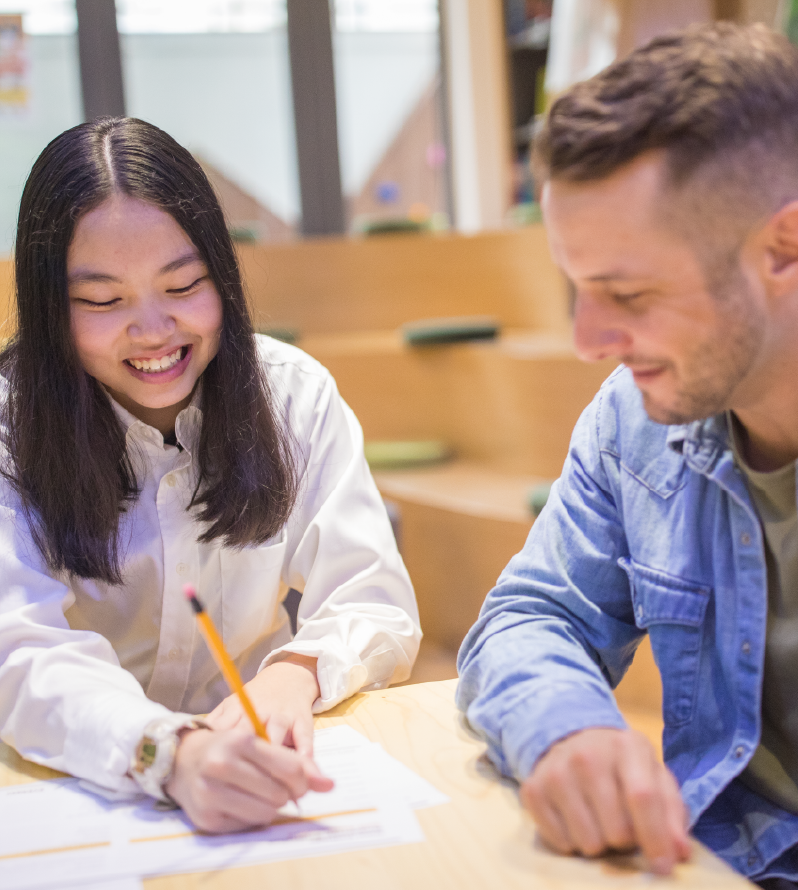
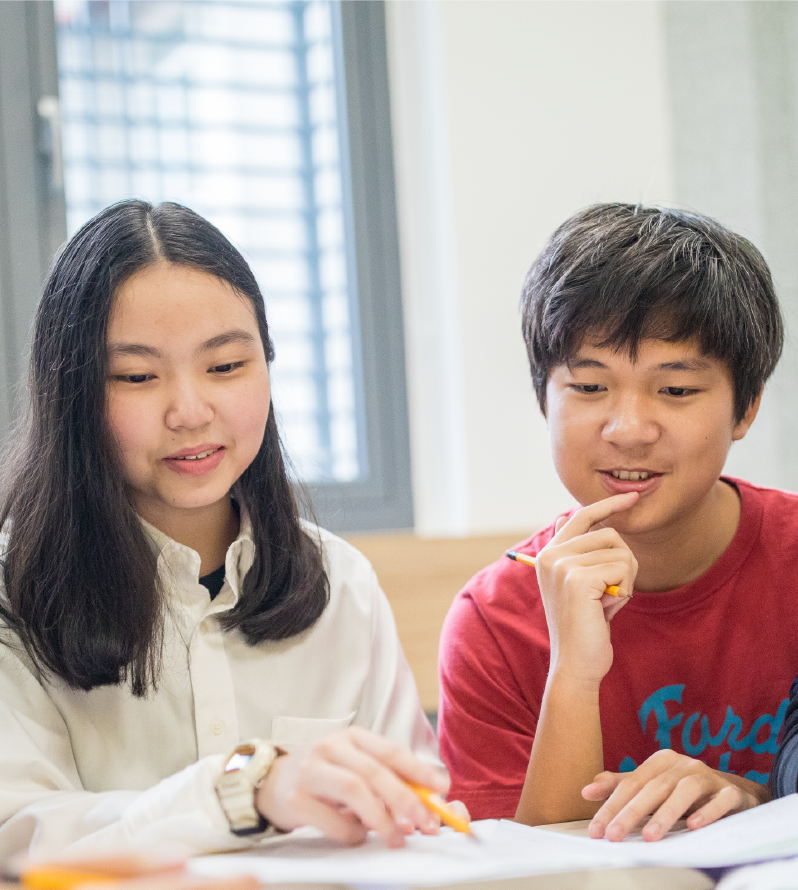

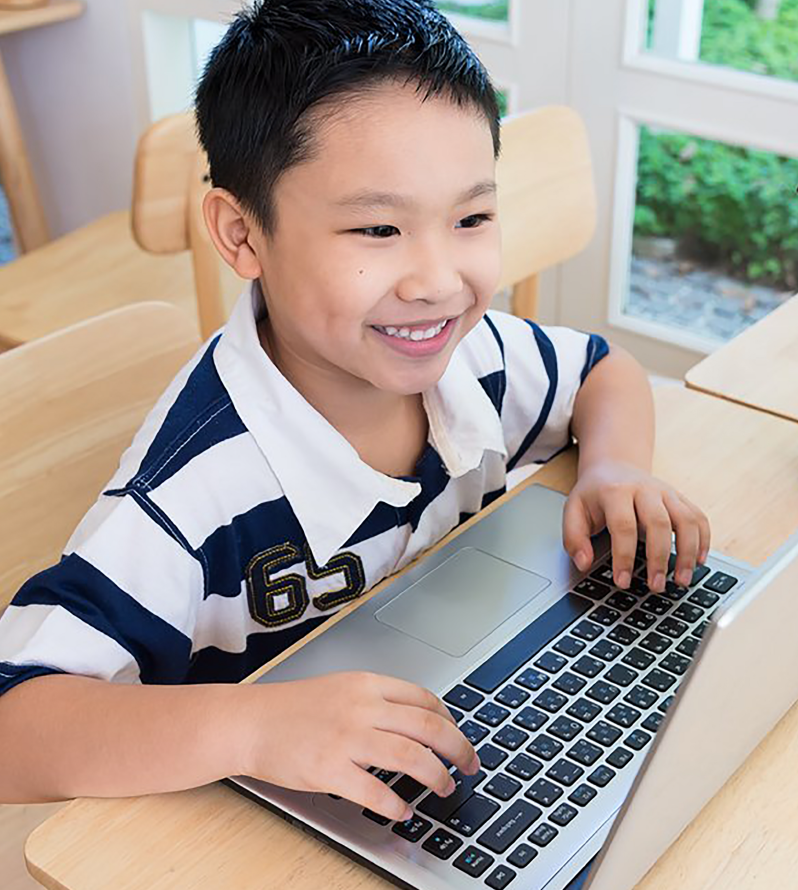
 Have your child ever wondered why spiderman can move easily within his web but the web becomes a weapon to trap his enemy? This simple experiment will help your kid have a fun time learning about spiders.
Have your child ever wondered why spiderman can move easily within his web but the web becomes a weapon to trap his enemy? This simple experiment will help your kid have a fun time learning about spiders.
 At Everest Education, we create online STEAM classes for students of all ages. They will explore a wide range of topics in science, including physics, biology, chemistry, and engineering. The knowledge is blended into everyday situations and creative experiments, catching students’ interest. Students are encouraged to engage in discussion, debate, design, and practice to construct the final product/experiment during the class.
At Everest Education, we create online STEAM classes for students of all ages. They will explore a wide range of topics in science, including physics, biology, chemistry, and engineering. The knowledge is blended into everyday situations and creative experiments, catching students’ interest. Students are encouraged to engage in discussion, debate, design, and practice to construct the final product/experiment during the class. Twinkl Educational Publishing
Twinkl Educational Publishing





